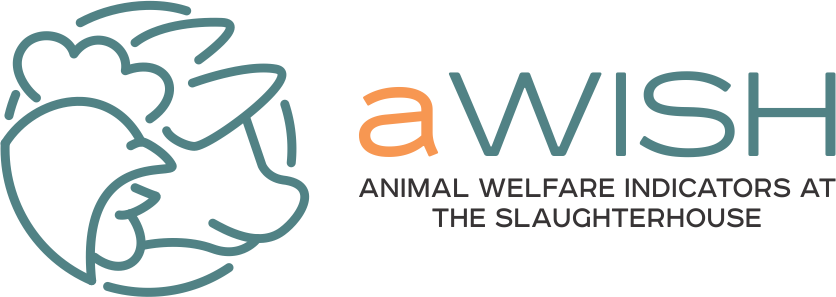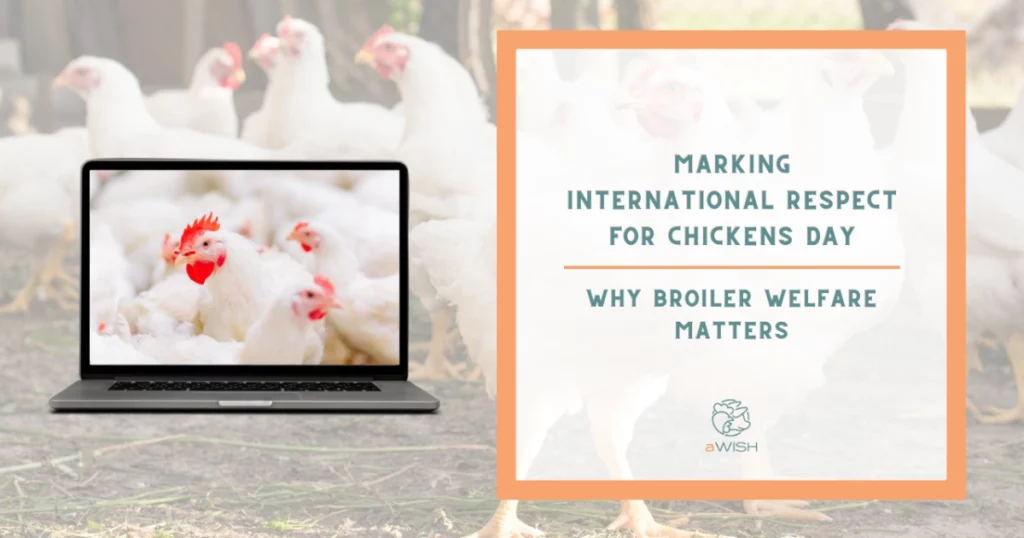For those of us working in the aWISH (Animal Welfare Indicators at the Slaughter House) project, this was a timely reminder of the importance of practical, science-based approaches to assessing and improving broiler welfare.
Chickens are the most widely farmed terrestrial animals in the world, with over 70 billion chickens being slaughtered each year globally, and 7 billion annually in the EU. Despite this, the welfare of chickens can be difficult to assess in a consistent and meaningful way, often leading to widespread welfare concerns. aWISH seeks to address this by developing validated, animal-based indicators that can be used at slaughter to evaluate the welfare state of broilers and provide feedback to earlier stages of production.
These indicators aim to reflect the conditions experienced during rearing, catching, transport, and handling, offering a more complete picture of welfare throughout the production cycle. By developing and standardising tools, such as cameras that automatically detect and grade Hock burns, or microphones that detect and analyse the vocalisations of broilers to check for stress, farmers and other stakeholders can track welfare outcomes, support compliance with EU legislation, and identify areas for improvement.
Although International Respect for Chicken Day has passed, the issues it highlights remain relevant year-round. Chickens are sentient beings, and they deserve to be respected. By working with regulators, researchers, and industry, the aWISH project supports welfare monitoring that is transparent, scalable, and grounded in scientific evidence, whilst ultimately seeking to improve the lives of broilers across the EU.


